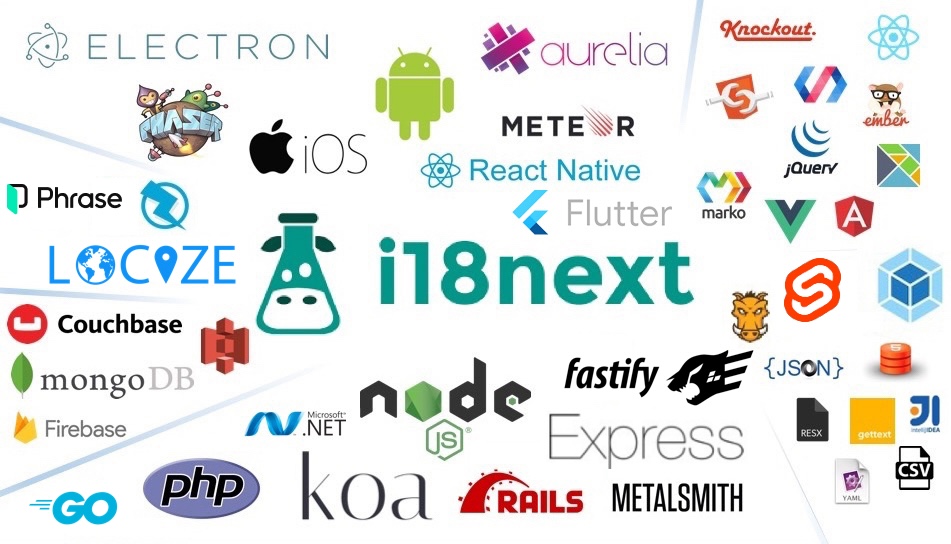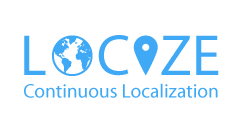Integration with Frameworks
- react-i18next:
react-i18next is framework-agnostic but offers excellent integration with React. It supports hooks and higher-order components, making it easy to implement in any React application, regardless of its architecture.
- react-intl:
react-intl is built to work with React and provides a rich set of APIs for formatting and displaying internationalized content. It integrates well with React's component model and supports various localization strategies.
- next-international:
next-international is specifically designed for Next.js, leveraging its features like server-side rendering and static site generation to optimize loading times and SEO for multilingual content. It integrates seamlessly with Next.js routing, allowing for easy language-based routing.
- react-intl-universal:
react-intl-universal is designed to be simple and easy to integrate into any React application. It does not impose strict architectural patterns, allowing developers to use it flexibly within their existing projects.
Translation Management
- react-i18next:
react-i18next offers advanced features for managing translations, including support for namespaces, dynamic loading of translation files, and integration with translation management systems. This makes it suitable for large applications with extensive translation needs.
- react-intl:
react-intl focuses on providing a structured way to manage translations using the ICU message format, which allows for complex message formatting and pluralization. It is ideal for applications that require precise control over translation content.
- next-international:
next-international allows for easy management of translation files and supports various formats, making it simple to organize and update translations. It also provides a straightforward API for accessing translations throughout the application.
- react-intl-universal:
react-intl-universal provides a simple API for managing translations and supports dynamic loading of language packs. It is designed for ease of use, making it suitable for projects with less complex translation requirements.
Performance
- react-i18next:
react-i18next includes features like lazy loading of translations and caching, which help improve performance in applications with large translation files or many languages. It allows for efficient rendering by loading only the necessary translations.
- react-intl:
react-intl is designed with performance in mind, utilizing the ECMAScript Internationalization API for efficient formatting. It minimizes the overhead of translation management by leveraging built-in browser capabilities.
- next-international:
next-international is optimized for Next.js, ensuring that translations are preloaded and served efficiently, which enhances performance and reduces load times for multilingual applications.
- react-intl-universal:
react-intl-universal is lightweight and focuses on minimizing the performance impact of internationalization. It loads only the necessary translation files, ensuring that applications remain responsive.
Community and Support
- react-i18next:
react-i18next has a large and active community, offering extensive documentation, examples, and support through forums and GitHub. This makes it easier for developers to find help and resources.
- react-intl:
react-intl is part of the FormatJS suite, which has a strong community and comprehensive documentation. It is widely used and supported, making it a reliable choice for internationalization in React applications.
- next-international:
next-international benefits from the Next.js community, which is active and provides a wealth of resources, documentation, and support for developers using the library.
- react-intl-universal:
react-intl-universal has a smaller community compared to the others, but it is still well-documented and provides essential support for developers looking for a straightforward internationalization solution.
Learning Curve
- react-i18next:
react-i18next may have a steeper learning curve due to its extensive features and flexibility. However, once understood, it provides powerful tools for managing translations effectively.
- react-intl:
react-intl has a moderate learning curve, especially for developers familiar with the ICU message format. Its structured approach to internationalization may require some initial investment in learning.
- next-international:
next-international has a gentle learning curve for developers familiar with Next.js, as it integrates seamlessly with its features and conventions. It is straightforward to implement and use for multilingual support.
- react-intl-universal:
react-intl-universal is designed to be easy to learn and implement, making it suitable for developers looking for a quick and simple solution for internationalization without extensive setup.

















